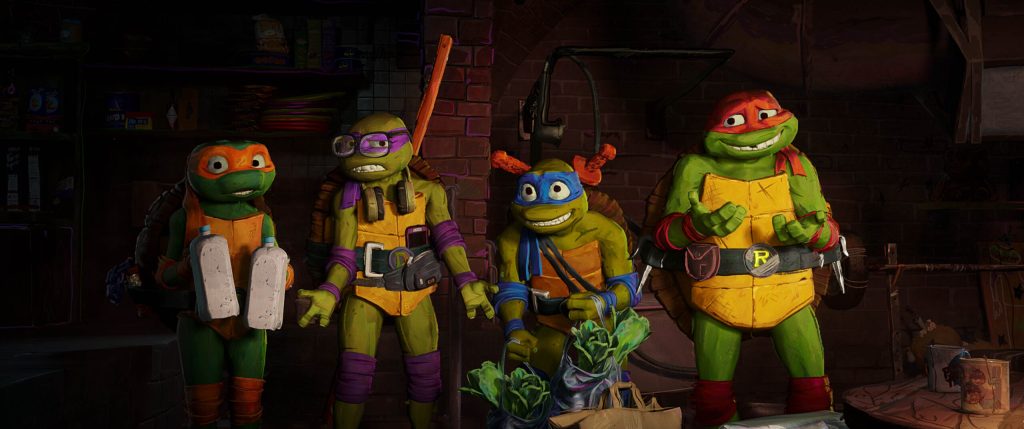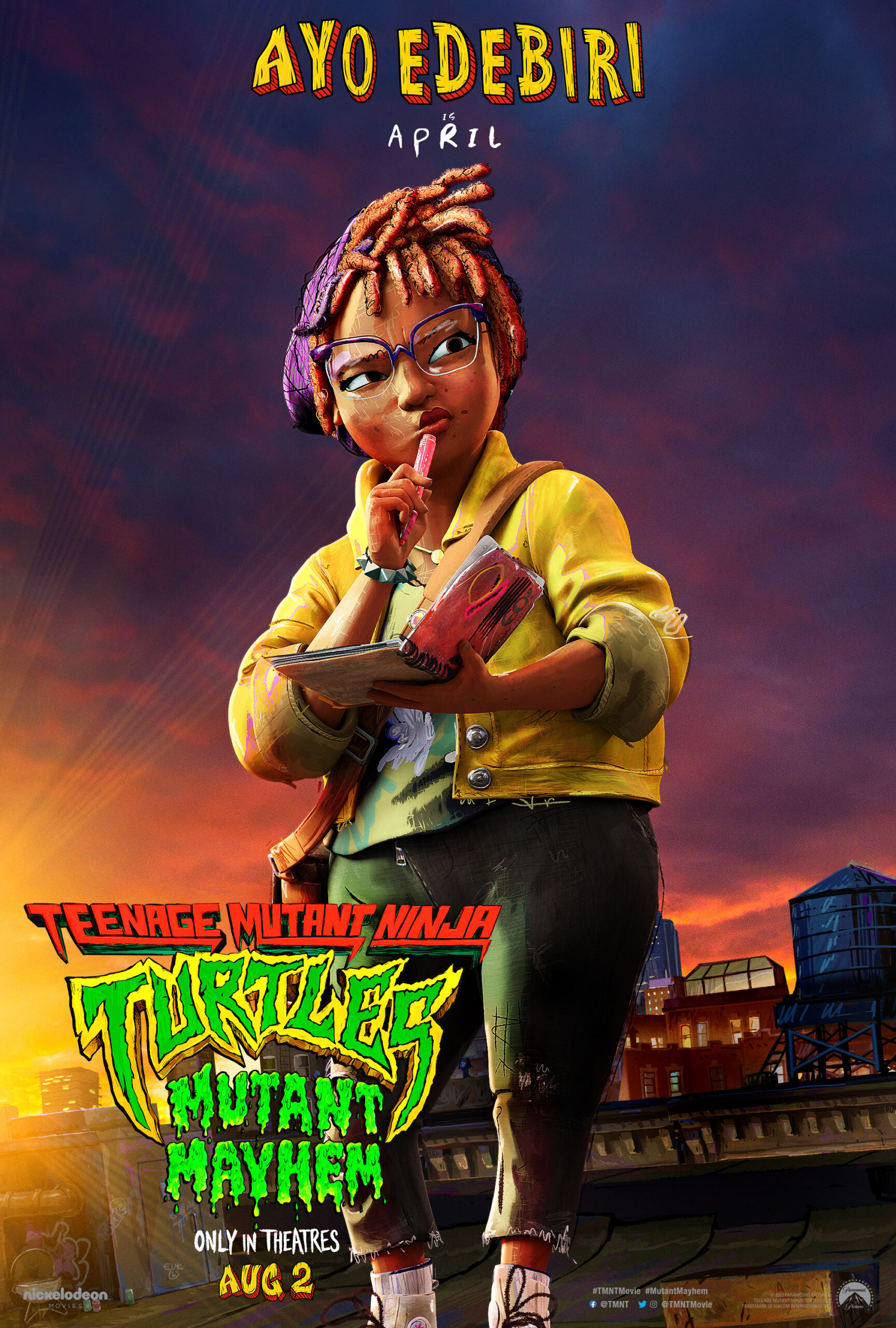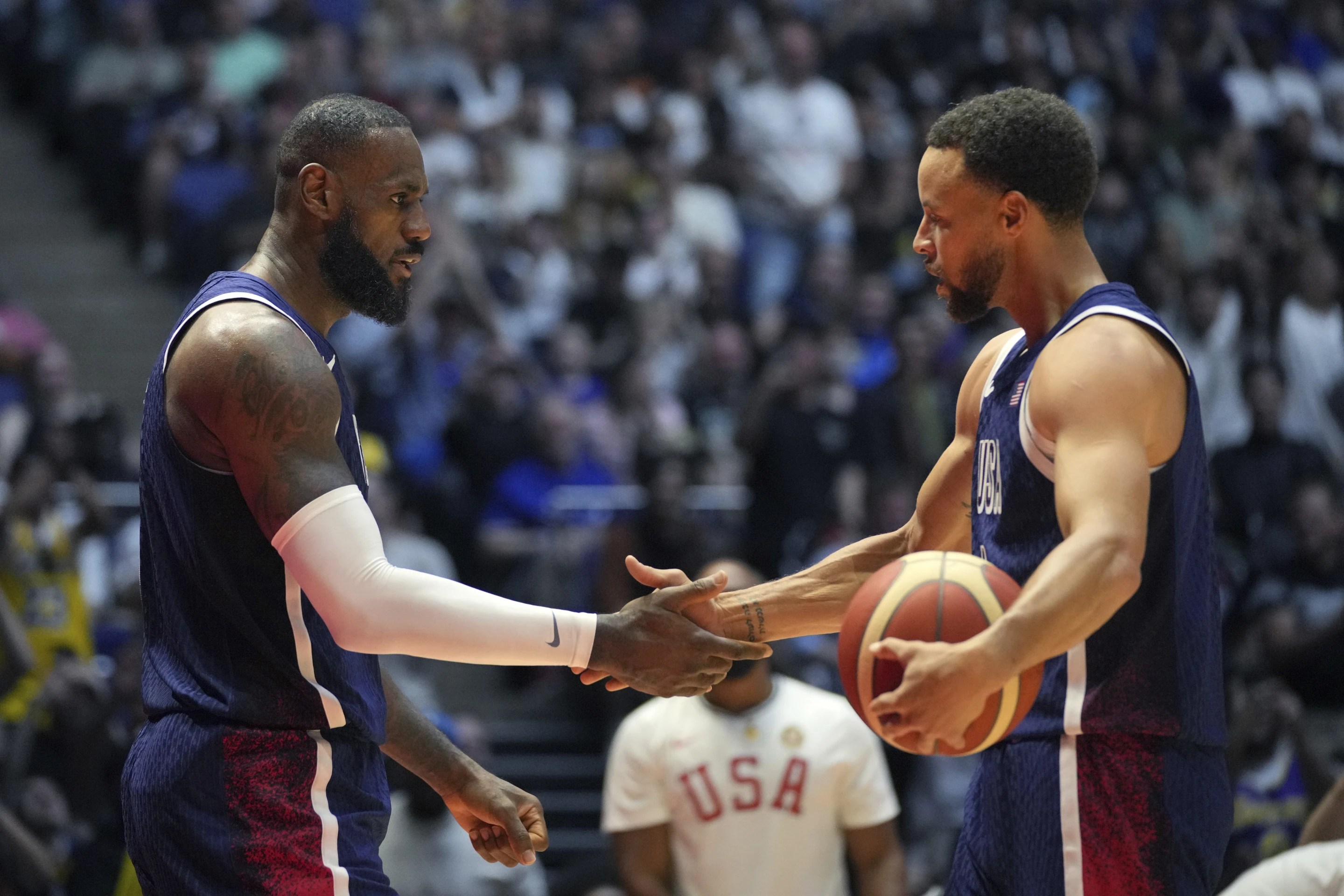Battaglia’s Drawing Board: ‘Teenage Mutant Ninja Turtles: Mutant Mayhem’ As An Example Of The Franchise’s Long History Of Malleable Characters

Pre-amble: I work at Free the People, where we make documentaries, comedy shows, and podcasts, I recommend you check out some of our work. We have a couple of new comedy series called Comedy Is Murder and Adults Are Talking, which I think are fun projects.
I also created a motion comic of my book House On Fire. You can find that on our YouTube.
Recently we hosted a Miami premiere of a documentary I directed called The Free Life (you can watch a Thanksgiving-oriented clip followed by a short trailer) which is a profile of Cuban artist Carlos Luna, whom I have had the pleasure to learn from and spend time with, getting to know Carlos was the first time I’ve been able to understand the art world and his work I think warrants attention.
He manages to jump through many different mediums — charcoal, paintings, textiles, sculpture, and mosaics. He works in just about anything he can get his hands on. He also has a series of icons that he seems to keep coming back to, over and over again, refining, changing, and distorting, over years and mediums, through this constant form of experimentation his work remains fresh even though he may be working within similar themes or icons.
It’s admirable to see an artist keep following his obsessions wherever they take him.

On the flight home, they had Teenage Mutant Ninja Turtles: Mutant Mayhem movie available and I’ve found that flights are a great time to watch movies that I kind of wanted to see but didn’t really want to shell out for. I watched the new, not-so-great Indiana Jones movie this way and I’m glad I didn’t spend anything on it.
Anyway… The Turtles.
To tie it back to Carlos and the premiere, the Turtles have proven to be one of those concepts that can be adapted and re-told over many different mediums and styles. Something that Carlos does plenty of in his work, and that notion of taking icons and re-configuring them over and over was on my mind while watching the movie because I had just been talking to Carlos about it.

I recently read the original Eastman & Laird books, which were a glaring gap in my reading, and saw how wildly different they were from the animated show and the Archie comics that I had growing up.
My first Turtles experience was one of the Archie books that came with a cassette tape that read the comic to you, I read that thing so much the cover had fallen off, the pages are creased, and it’s just battered. Anyway, that telling of the Turtles is much different from the Eastman/Laird books, which the original movie followed more closely — both in tone and story.

Of course, Eastman & Laird do bring in some pretty wild sci-fi/dimensional/alien elements much earlier than I realized. The second movie hewed way closer to the cartoon’s vibe from what I remember and is just sillier, admittedly I have never brought myself to watch the third one.

I do remember TMNT, the previous animated movie from 2007, being enjoyable — it sort of blends all the different versions of the Turtles together to create an entertaining piece.
The Michael Bay-produced films are so perfectly a product of that time. I remember the first one being neither good nor bad — it just kind of existed.

Back to the comics though, Eastman & Laird were never afraid to let other cartoonists play with their creations — Soul’s Winter stands out to me, it’s all written and drawn by Michael Zulli and it’s an incredible miniseries, Zulu’s art is wild and if you can track it down in B&W. You’ll thank me.
This all links back to the viral moment of a comic shop owner putting voice to a critique of self-inserts into characters, or writers not respecting the past of a specific character (his example being The Hood which… I’m not sure that was the most salient one — The Hood doesn’t exactly stand out as a character with a rich deep history to whom people are meaningfully attached… but I digress), and though not respecting it they fail to make something that resonates with readers (I presume he means longtime readers).

Looking at the Teenage Mutant Ninja Turtles as a concept, you can see how the sort of amorphousness is baked into the cake that is the TMNT. The origin is simple enough that it can stand up to tweaks easily, just get the turtles and Splinter into ooze and you’re set.

Each of them has a very basic character trait that can be played with easily. Raphael: hot-headed and angry. Donatello: nerd. Leonardo: leader, but kind of straightedge. Michelangelo: funny guy.
Hell, Zulli’s interpretation strips them of that and makes them sort of creatures conjured by a mystical Splinter to wage war with a samurai Shredder and it still totally works and is recognizably The Turtles. Even the supporting cast can handle infinite tweaks, the original April O’Neil worked for Baxter Stockman — she wasn’t even a reporter!

Back to the new(ish) movie, what I thought worked with it was it felt relevant to a current teen (and by teen, I think I mean 8-14-year-old, I think that’s the sweet spot for this) for the first time in a long time, I did think of the Turtles as actual teenagers, with teenager problems.
In the live-action movies they never really felt like teens, neither do they act like teens in the original comics — at least not in any recognizable way. So I liked that change, I liked that their inspiration to fight crime is out of a desire to live a normal life.
I thought the stuff with Splinter not liking humans because he’s a rat in New York was silly and felt like an ‘of course!’ moment. Making April a fellow teen who had a similar arc and desire to the Turtles was also played well within the movie.

I know people were upset about the character design but, she’s an awkward teen in current NYC? It’s fine. If you’re looking for a sex symbol in an animated Turtles film for 10-year-olds, I don’t know what to tell you.
The things that didn’t work for me — and what will age the movie worse than the Jose Canseco references in the original live-action iteration — are the very specific references to Marvel movies and the somewhat obnoxious amounts of product call-outs beyond the requisite pizza sponsorship.
Additionally, the multiple throw-up gags in it didn’t land for me, but are perfectly in line with a Nickelodeon-produced movie — if I remember one thing from the ’90s is that Nickelodeon loves slime.

Were these Turtles my Turtles? No. But I’m old. My Turtles were from 1990. Will these Turtles be my kid’s Turtles? No, because they’ll probably have a new variation out in ten years that will be for her generation, and that I think is really cool.
But why can’t other comic book characters seem to work in this way? I would argue that a big part of it is continuity. There’s never an end for any particular iteration of a character and so they’re constantly piling upon the stack of stories but never telling a reader who should have aged out of it ‘here’s your off-ramp’ while simultaneously not providing a new reader an actual ‘on ramp.’
I think that’s why the Ultimate Universe worked so well, it was an on-ramp for new readers but also told older readers very clearly ‘This is new.’ I think that’s why people seem to take changes to legacy characters so personally, what new writers are doing to the characters, that’s being done to their version of the thing.
Add in the never-ending ‘culture war’ frame that every piece of entertainment must be placed within. And it’s no surprise that the temperature is so high.

I’m just not sure that there is a solution so long as every book that comes out featuring a legacy character is being read by the same people who read it 15 years ago and they’re judging it against the memory of books they read 15 years ago.
I think it’s something the Turtles have figured out — granted much of it is done in movies/animation/video games — but they’ve had a long run now at IDW and they’ve been able to do all sorts of different things with it, The Last Ronin looks to have performed really well despite ridiculous delays and an absurd price point.

Linked to this problem is neither of the big publishers do a good job of keeping their marquee back-catalog in print, or an affordable format.
Marvel’s old phonebook Essentials collections were perfect for this but now, since they are mostly making a collector play, their collections of key runs are all hardcovers at $30 price points and the reproduction is terrible; the re-color jobs make the art look garish, they don’t adjust for the differences in paper stocks and finishes so you have 100% saturation for something that would have been at 50% on newsprint, and the loss of the paper textures also makes color look flatter than it would have.
Case-in-point, the giant hardcovers of Miller and Janson’s Daredevil runs do the art such a disservice when you compare the color in an original copy of an issue versus the color in the reprints.

It’s a night and day difference. The original printings feel more serious, the art looks better, the reprints make it look old and dated, and to a modern reader. I think it makes it unapproachable especially when compared with current color production. Even current modern runs aren’t available in an easy-to-collect (AND READ!!!!) format. Compare the length of your average manga and the length of the average TPB — the manga is easily double.
It would be great to see Western comics package their books in a competitive way to manga, it would not only make it a way more approachable purchase for the person who’s already reading comics, but also that reader would be getting a similar return on investment.
More About:Opinion









